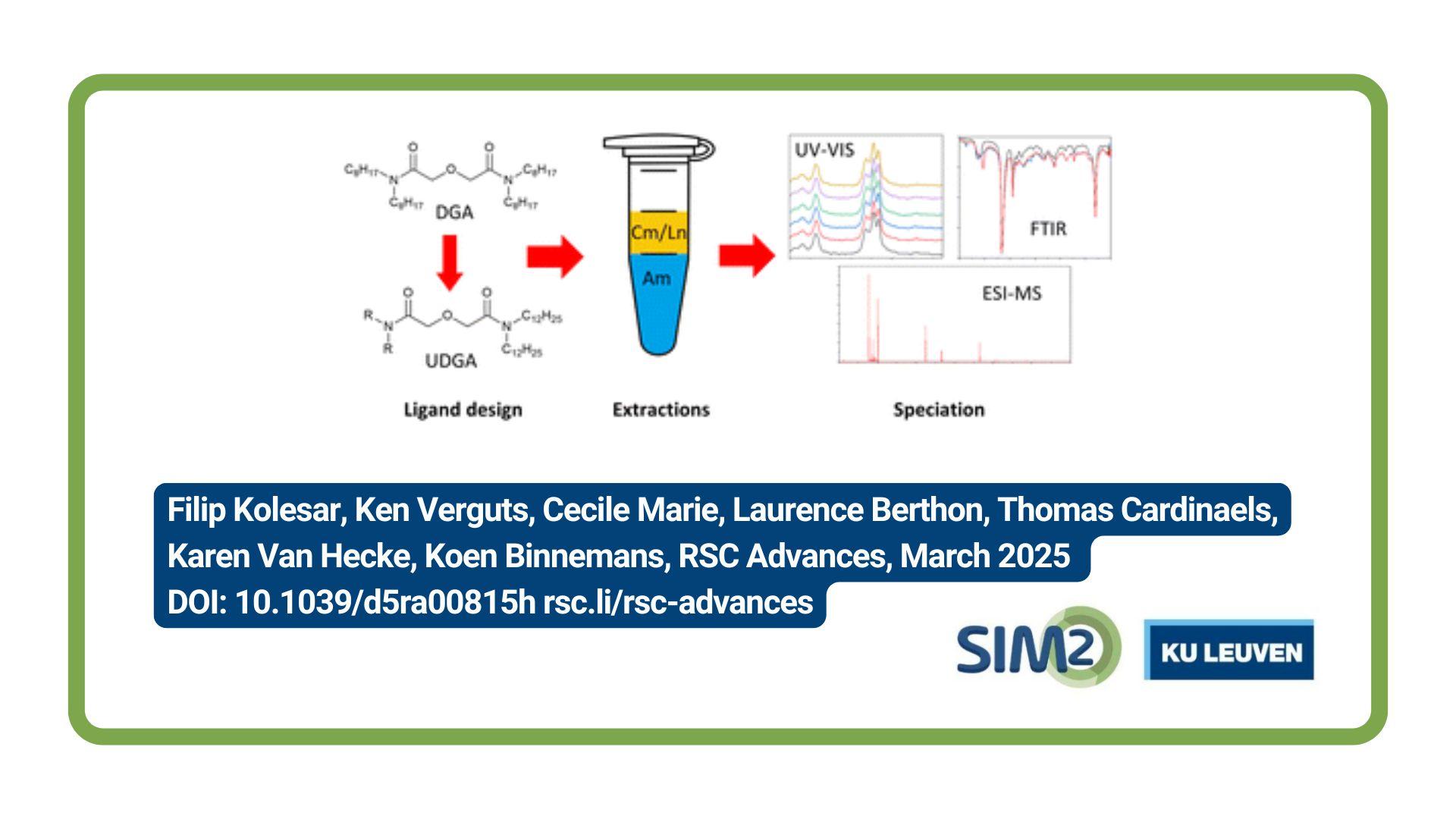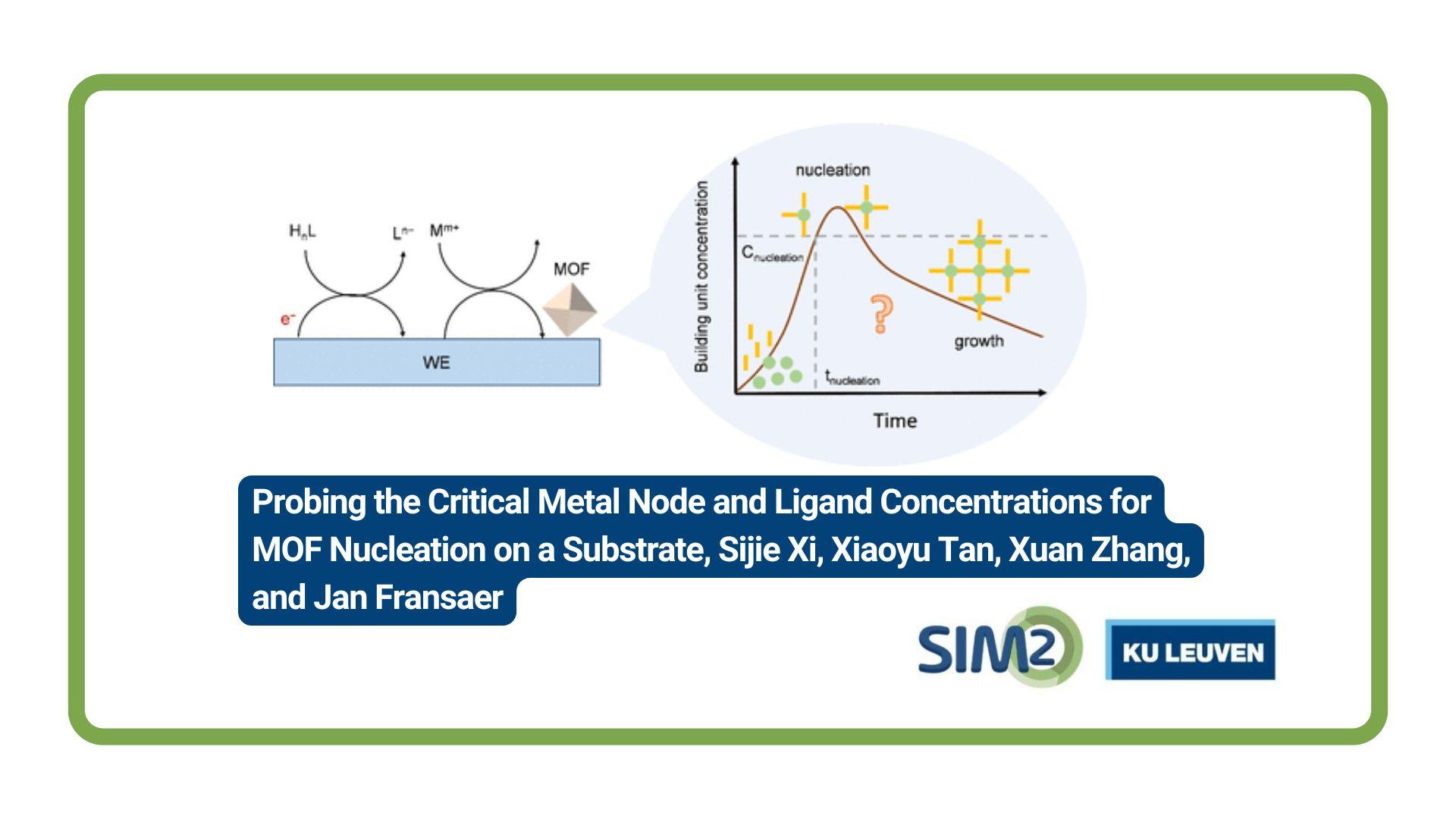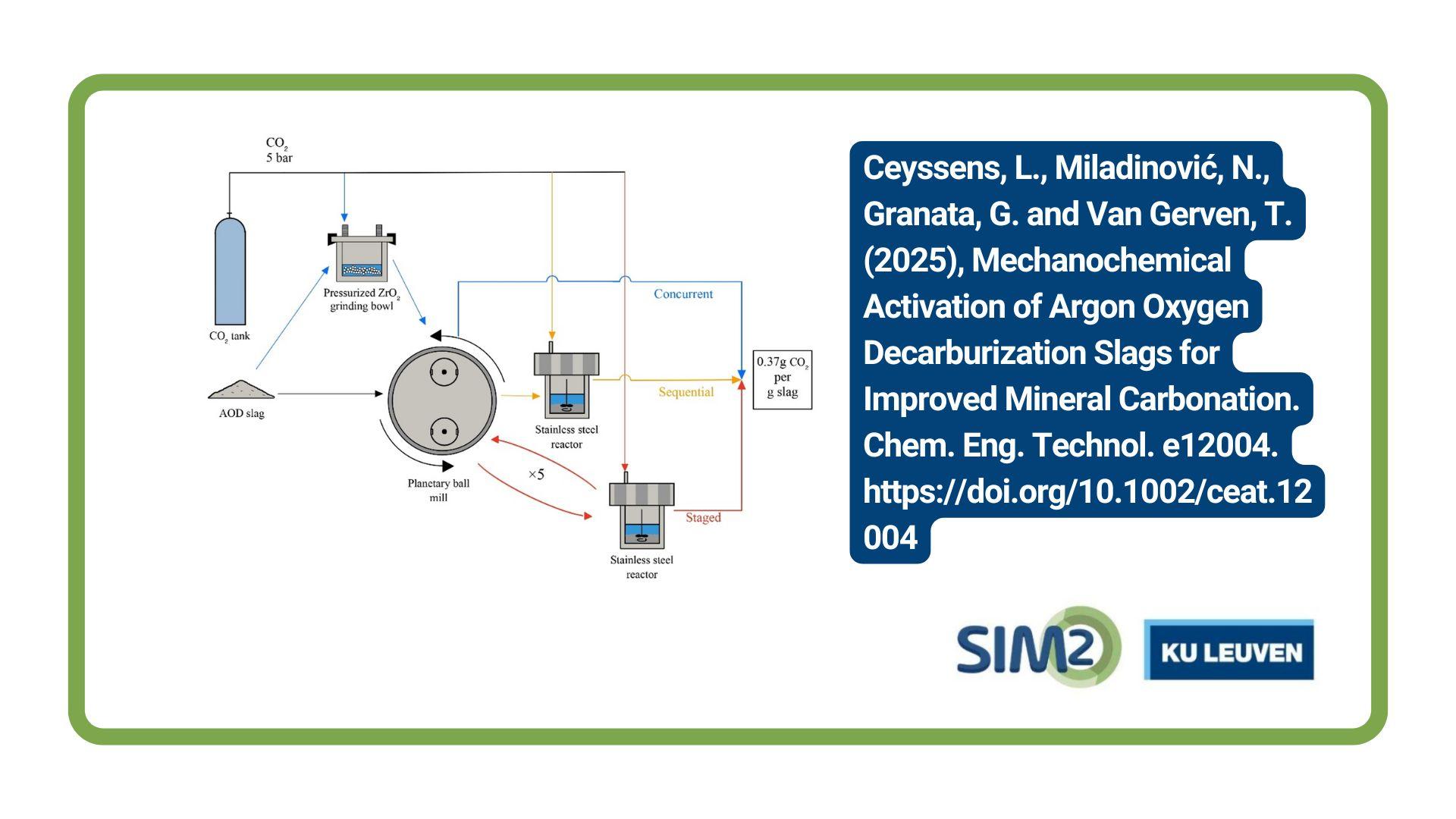A non-aqueous solvent extraction (NASX) process for the separation of cobalt and nickel from ethylene glycol and glycerol/water feed solutions using the ionic liquid Cyphos IL 101 has been investigated. The use of undiluted Cyphos IL 101 was critically assessed and compared with solvent extraction systems in which toluene, p-cymene, Shellsol A150, and Shellsol GS190 were used as diluents. While the extraction of cobalt(II) chloride from aqueous solution was possible only at high chloride concentrations, extraction percentages of cobalt higher than 80 % were observed from ethylene glycol and glycerol/water feeds containing 0.8 mol·L-1 NaCl. Separation factors over 40,000 for cobalt and nickel could be achieved for extraction with undiluted Cyphos IL 101 from 2.4 mol·L-1 NaCl ethylene glycol and 1.6 mol·L-1 NaCl glycerol feeds. The distribution ratio of cobalt increased with increasing temperatures in both NASX systems. Studies on the mutual solubility showed that Cyphos IL 101 is highly soluble in ethylene glycol at 21 °C (i.e. phosphorus contents up to 432 mg∙L-1), but it turned out that impurities contributed for 400 mg∙L-1 to this value. On the other hand, only 87 mg∙L-1 of Cyphos IL 101 dissolved in glycerol at 21 °C. Finally, a conceptual flowsheet for the separation of cobalt and nickel by NASX is presented, including extraction, stripping, and recovery of the solvents.
Key Takeaways:
📊 High separation factors (>40,000) achieved
🌡️ Increased cobalt extraction with rising temperatures
⬇️ Efficient extraction of Co(II) possible at lower chloride concentrations (0.8 M) compared to aqueous feed solutions
🧪 Flowsheet presented requiring 3 extraction and 2 stripping stages
🌟 Successfully achieved Co(II) and Ni(II) streams exceeding purities of 99%
The production of battery-grade cobalt remains an intensive process despite the substantial amount of research on the topic. The separation of cobalt and nickel is a challenge in the metallurgical industry due to their similarities in aqueous solution. At industrial level, solvent extraction with triisooctylamine (Alamine 308) and bis(2,4,4-trimethylpentyl)phosphonic acid (Cyanex 272) is used to separate cobalt from nickel in chloride and sulphate media, respectively, whereas 2-hydroxy-5-nonylacetophenone oxime (LIX-84-I) is used for preferential extraction of nickel from cobalt in ammoniacal solutions.
In the pursuit of more efficient separation processes, ionic liquids have been investigated as an alternative to the well-established commercial extractants. Ionic liquids are solvents consisting entirely of ions. The use of undiluted ionic liquids has been proposed before due to their high thermal stability, low volatility and non-flammability. The non-toxicity of the ionic liquids has been highlighted in several papers as an additional advantage of the ionic liquids over conventional extractants dissolved in organic diluents but this claim has since been refuted as most ionic liquids are reported to have relatively high toxicities. Moreover, the high viscosity and price of ionic liquids are disadvantages.
Nevertheless, several liquid–liquid extraction processes using both diluted and undiluted ionic liquids have been demonstrated for the separation of cobalt and nickel at lab scale and mini-pilot scale. Distribution ratios higher than 100 were achieved by Wellens et al. for feed solutions containing up to 35 g·L-1 cobalt with the quaternary phosphonium ionic liquid Cyphos IL 101. Separation factors over 1000 were achieved when extracting from 8 mol·L-1 HCl solutions. Extraction from weak acidic solution (pH 6) was reported by Cholico-Gonzalez et al. using Cyanex 272 in Cyphos IL 101. Cyphos IL 101 was used as a diluent rather than as an extractant. Significantly lower distribution ratios for cobalt were obtained (i.e. distribution ratio of 3.41 achieved at pH = 6 and 50 °C). The same authors also investigated the effect of heating, often used to reduce the viscosity of ionic liquids, on the performance of the solvent extraction system. The distribution ratios of cobalt were observed to be 0.95 at 25 °C, while significantly increasing to 3.41 at 60 °C, indicating a pronounced temperature dependency.
Although the organic phase of conventional solvent extraction systems has been intensively investigated (i.e. new extractants, mixtures of extractants, diluents and modifiers), the feed has received relatively less attention. Most research on the feed has been focused on the effect of the addition of acids, salting-out or complexing agents, whereas the use of other polar solvents apart from water as feed is still rare. In non-aqueous solvent extraction (NASX), the feed is partially or fully replaced by polar non-aqueous solvents. In NASX the feed is usually referred to as the more polar (MP) phase whereas the solvent receives the name of less polar (LP) phase.
The use of non-aqueous solvents can drastically alter the solutes behaviour. Hence, potentially more selective extraction systems can be designed. Remarkable separation factors for the rare-earth elements, notorious for their difficult separation, were demonstrated by Batchu et al. and by Dewulf et al. when replacing the aqueous phase with ethylene glycol and polyethylene glycol 200, respectively. Florence et al. investigated the extraction of nickel from methanolic solutions with primary, secondary and quaternary amines diluted in several non-polar organic solvents. The extraction of nickel can be achieved from a 4 mol·L-1 LiCl methanolic solution, whereas extraction from an aqueous solution with the same salt concentration is unattainable. This limitation arises from the strong hydration properties of water, which impede the formation of extractable nickel complexes. The separation of cobalt, nickel, and manganese from several polar organic solvents, i.e. methanol, formamide, ethylene glycol, and N-methylformamide, with Aliquat 336 was demonstrated by Li et al.. Extraction using formamide and ethylene glycol as solvents yielded higher separation factors when compared to aqueous solutions. This result can be attributed to the co-extraction of [NiClx(H2O)6-x]2-x complexes present in aqueous systems, resulting in reduced separation factors. Conversely, in non-aqueous conditions with formamide and ethylene glycol the formation of these complexes is absent, leading to reduced co-extraction of nickel and consequently higher separation factors.
In this paper, a selective non-aqueous solvent extraction system for the separation of cobalt and nickel from ethylene glycol ( LiCl or NaCl) and glycerol ( LiCl or NaCl) feed solutions by extraction with the ionic liquid trihexyl(tetradecylphosphonium) chloride, Cyphos IL 101 (abbreviated in the text to C101), is presented. The present study focuses on the effect of salting-out agents, diluents, and water concentration on the extraction behaviour and mutual solubility of the studied non-aqueous solvent extraction systems. A conceptual flow sheet is proposed based on the data presented in this paper.
Full reference of the paper
Vincent Cool, Sofía Riaño, Tom Van Gerven, Koen Binnemans (2024). Separation of cobalt and nickel from ethylene glycol and glycerol feed solution in chloride media by non-aqueous solvent extraction with Cyphos IL 101. Science Direct, 333, 125787. https://doi.org/10.1016/j.seppur.2023.125787
Acknowledgements
The authors thank the Research Foundation-Flanders (FWO Flanders) for the financial support (Non-aqueous solvent extraction of metal ions in milliflow reactors (NERO), grant no. G0D7421N).





